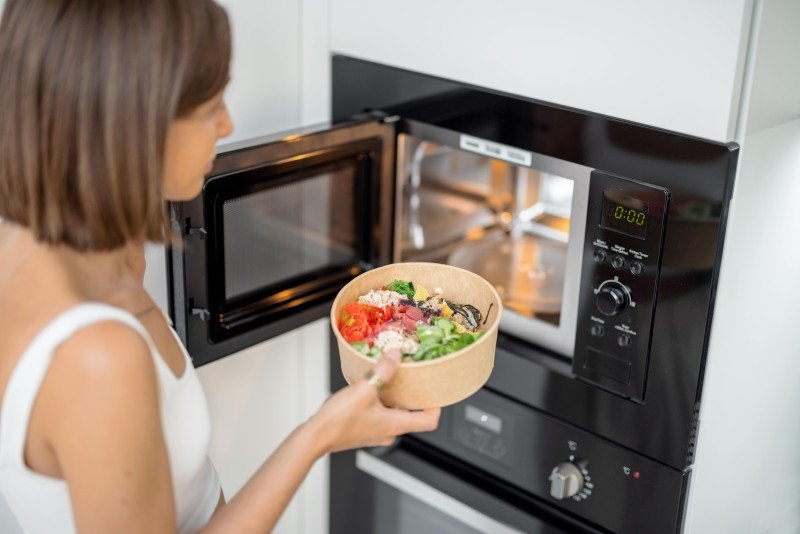7 Little Changes That'll Make A Big Difference In Your Oven Hobs
The Essential Guide to Oven Hobs: Selecting the Right One for Your Kitchen
When it comes to home cooking, couple of appliances are as crucial as the oven hob. This versatile tool is necessary for a range of cooking techniques— boiling, frying, simmering, and sautéing. Offered the myriad of options readily available on the marketplace, selecting the perfect oven hob for one's kitchen can be intimidating. This article intends to provide an extensive take a look at oven hobs, discussing their types, performances, benefits, disadvantages, and essential considerations when purchasing one.
Understanding Oven Hobs
Oven hobs, typically referred to as cooktops, are flat cooking platforms that feature burners or heating aspects. They can be integrated with an oven or stand-alone. The choice of an oven hob can substantially impact cooking efficiency and benefit.
Kinds Of Oven Hobs
Oven hobs are available in various types, each with special features. Below are the most typical types readily available:
Type
Description
Advantages
Disadvantages
Gas Hobs
Utilizes natural gas or gas
Instantaneous heat and precise temperature level control; works well with all pots and pans
Requires a gas connection; less energy-efficient than electric
Electric Hobs
Usage electric coils or radiant heat
Easy to clean up; consistent heat distribution
Slower to heat up; can be less responsive than gas
Induction Hobs
Makes use of electromagnetic fields to heat pots and pans directly
Fast cooking; energy-efficient; easy to tidy
Needs compatible pots and pans; typically more expensive
Ceramic Hobs
Flat glass-ceramic surface area with convected heat
Aesthetically pleasing; simple to clean
Can be vulnerable to scratching; slower to heat than induction
Secret Features of Oven Hobs
When selecting an oven hob, several features ought to be taken into account:
Size & & Configuration: Available in numerous sizes, oven hobs can accommodate several pots and pans. Standard options are typically 30, 36, or 48 inches large.
Power Output: Look for hobs with varying power levels for various cooking processes. High-powered burners are exceptional for boiling, while lower-power ones can be used for simmering.
Control Types: Choose between knob controls and touch controls. Knobs provide tactile feedback, while touch controls provide smooth styles and additional functionalities.
Safety Features: Options like automated shut-off, kid locks, and flame failure devices are crucial for avoiding accidents.
Reduce of Cleaning: Choose models with smooth surfaces or removable parts for easy maintenance.
Advantages and Disadvantages
Comprehending the benefits and drawbacks of various oven hobs can help in making an informed choice.
Advantages
- Versatility: Suitable for different cooking techniques, from boiling to frying.
- Speed: Many hobs heat rapidly, especially induction models.
- Energy Efficiency: Some choices, like induction hobs, can minimize energy consumption compared to standard methods.
Disadvantages
- Cost: High-end designs, particularly induction hobs, can be expensive.
- Setup: Gas hobs require expert installation and a gas supply, which may incur extra expenses.
- Compatibility: Not all pots and pans works on induction hobs, requiring additional purchases.
Purchasing Considerations
When selecting an oven hob, consider the list below aspects:
Cooking Style: Assess how often and what type of cooking you do to identify the best hob type.
Kitchen Layout: Measure your kitchen space to make sure the hob fits and complements other home appliances.
Budget: Determine how much you are ready to spend. Element in installation and the expense of any required pots and pans.
Energy Source: Evaluate the schedule of natural gas or the electrical capability of your kitchen to decide in between gas and electric choices.
Frequently Asked Questions About Oven Hobs
Q1: What is the difference between a cooktop and an oven hob?A cooktop and an oven hob generally describe the exact same device. Nevertheless,“cooktop “is a more comprehensive term that consists of both standalone hobs and integrated systems with ovens. Q2: Can I use any pots and pans on an induction
hob?No, induction hobs require ferrous( magnetic)pots and pans
to work. Click Webpage made of material like stainless steel or cast iron is ideal, while aluminum and copper without magnetic homes are not. Q3: How do I tidy my oven hob properly?Cleaning approaches depend upon the type of hob.
Typically, a damp fabric and moderate detergent work for glass-ceramic surface areas, while a specific hob cleaner is perfect for induction. Gas hobs require disassembling burners for thorough cleaning. Q4: Are induction hobs safe for cooking?Yes, induction hobs are usually safer than gas hobs as they do not produce an open flame,and the surface cools off rapidly. A lot of models also feature child safety locks. Q5: How often must I change my oven hob?The lifespan of an oven hob varies based on the type and use. Usually, they last around 10 to 15 years.****
Regular upkeep can assist extend this period. Picking the best oven hob for your home can considerably improve your cooking experience. With a thorough understanding of the types, functions, benefits, and factors to consider, anyone can make an educated choice. From the high heat of gas to the effectiveness of induction, there is a hob suited to every culinary need. Eventually, the ideal oven hob can transform cooking from an ordinary job into an art kind, allowing culinary enthusiasts to develop delicious meals with ease. 